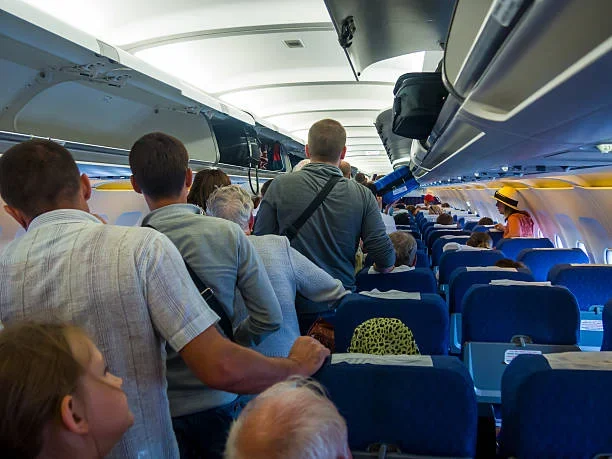Ted Stevens Anchorage International Airport might serve a city of just 300,000 people, but it ranks among the busiest airports in the world thanks to its unique location on global flight paths. Acting as a major cargo hub, a strategic refueling stop, and a gateway for both military and seasonal tourism traffic, Anchorage handles millions of tons of freight and millions of passengers each year, far exceeding what its population alone would suggest.
Anchorage Airport’s Unique Global Positioning
Anchorage lies almost exactly on the great circle route between Asia and North America, making it an ideal stop for long-haul and polar route aviation. Its location enables airlines to carry more freight and less fuel, stopping at Anchorage to refuel mid-transpacific before continuing. This strategy maximizes payload while minimizing fuel weight.
The “Great Circle Route” Advantage
Flights linking Asia with the U.S. transit overhead, turning Anchorage into a tactical waypoint. It’s around 9.5 hours from 90% of the industrialized world, reinforcing its efficiency as a technical stopover
A Major Global Cargo Hub Global Positioning
Anchorage is one of the world’s busiest cargo airports. In 2024, it handled over 25.4 billion pounds of cargo, ranking #1 in the U.S. and comfortably at the top globally. In 2022, it ranked 3rd worldwide, staging about 3.46 million metric tons.
Looking back, it managed a record 3.48 million tons of cargo in 2020, a 16% hike over 2019. In 2021, it ranked 4th globally, handling 3.7 million metric tons, with 59% of its 93,269 commercial landings being all-cargo flights. That’s powerful: over half of all aircraft operations were dedicated purely to freight.
Cargo Over Passengers – The Real Volume
In 2024, Anchorage handled approximately 5.24 million passengers while dealing with nearly 3.86 million tons of cargo, underscoring the fact that freight traffic vastly outweighs passenger traffic here.
Strategic Refueling & Technical Stops
Airlines strategically exploit Anchorage’s mid-Pacific position and favourable cold climate for fuel efficiency and performance. This keeps the runways buzzing even when passenger flights ebb.
Military & Government Aircraft Activity
Though harder to quantify, the airport shares its runways with Joint Base Elmendorf-Richardson, introducing military and government aircraft into the mix and boosting overall air traffic volume.
Seasonal Tourism & Cruise Ship Passengers
Passenger traffic surges in summer, as cruise ship travelers embark and disembark. In Summer 2023, 73% of outbound air visitors from Alaska did so via Anchorage, far more than Fairbanks (11%), Juneau (7%), and others.

Anchorage vs. Other U.S. Airports – A Unique Case
Despite being a smaller metro area, Anchorage outpaces many larger cities in air activity due to its cargo dominance, global positioning, and dual-use facilities. Few airports of its size reach this level of international connectivity and freight magnitude.
Conclusion
Anchorage’s marathon activity hinges on five pillars:
- Strategic placement on great circle and polar routes
- One of the world’s top cargo airports, often surpassing mega-city hubs
- Efficient refueling and technical stopovers
- A significant military aviation role
- Seasonal boosts from tourism and cruise passengers
In sum, Ted Stevens Anchorage International Airport is far more than Alaska’s airport—it’s a pivotal global air logistics and transport link.












